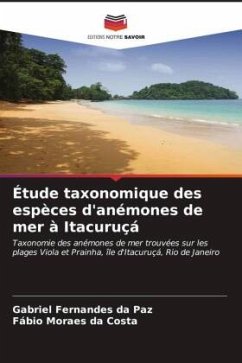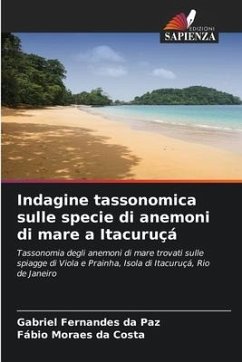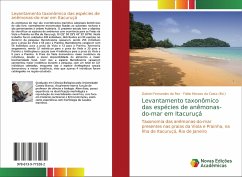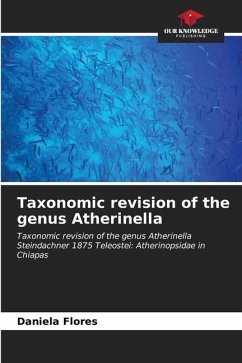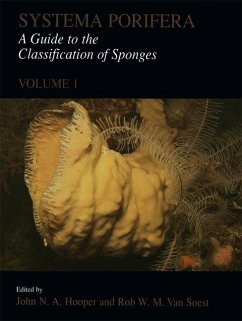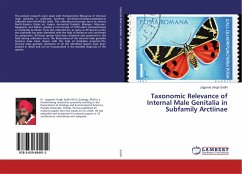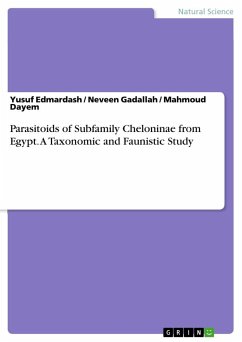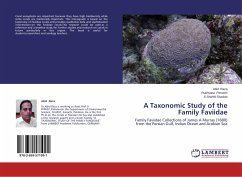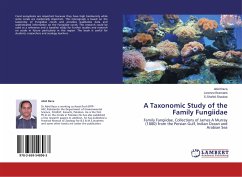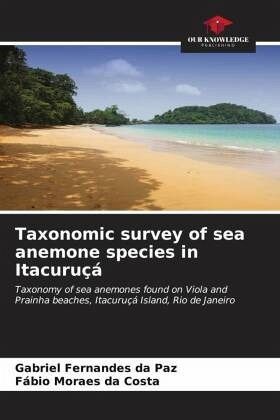
Taxonomic survey of sea anemone species in Itacuruçá
Taxonomy of sea anemones found on Viola and Prainha beaches, Itacuruçá Island, Rio de Janeiro
Versandkostenfrei!
Versandfertig in 6-10 Tagen
27,99 €
inkl. MwSt.

PAYBACK Punkte
14 °P sammeln!
Sea anemones are free-living benthic subsessile marine invertebrates that are usually found attached to the rocky substrate and belong to the order Actiniaria. The aim of this study was to identify the anemone species that occur at Viola and Prainha beaches on Itacuruçá Island, RJ (22° 56' 29"S 43° 53' 26"W). In this study, 443 individuals were collected, distributed among four species during the course of the research: Bunodosoma caissarum, with 256 individuals for Viola beach and 65 for Prainha; Bunodosoma cangicum with 54 individuals for Viola beach and 12 for Prainha; Anemonia sargasse...
Sea anemones are free-living benthic subsessile marine invertebrates that are usually found attached to the rocky substrate and belong to the order Actiniaria. The aim of this study was to identify the anemone species that occur at Viola and Prainha beaches on Itacuruçá Island, RJ (22° 56' 29"S 43° 53' 26"W). In this study, 443 individuals were collected, distributed among four species during the course of the research: Bunodosoma caissarum, with 256 individuals for Viola beach and 65 for Prainha; Bunodosoma cangicum with 54 individuals for Viola beach and 12 for Prainha; Anemonia sargassensis, with 32 individuals for Viola beach and 20 for Prainha and Anthopleura cascaia with 4 individuals for Viola beach and 0 for Prainha. Viola Beach showed a higher incidence of individuals, due to the greater availability of food and greater local biodiversity. As a result, the species Bunodosoma caissarum showed the highest incidence during the survey, with a total of 321 individuals collected, while the species Anthopleura cascaia showed the lowest incidence, as only 4 individuals were catalogued in the region studied.




